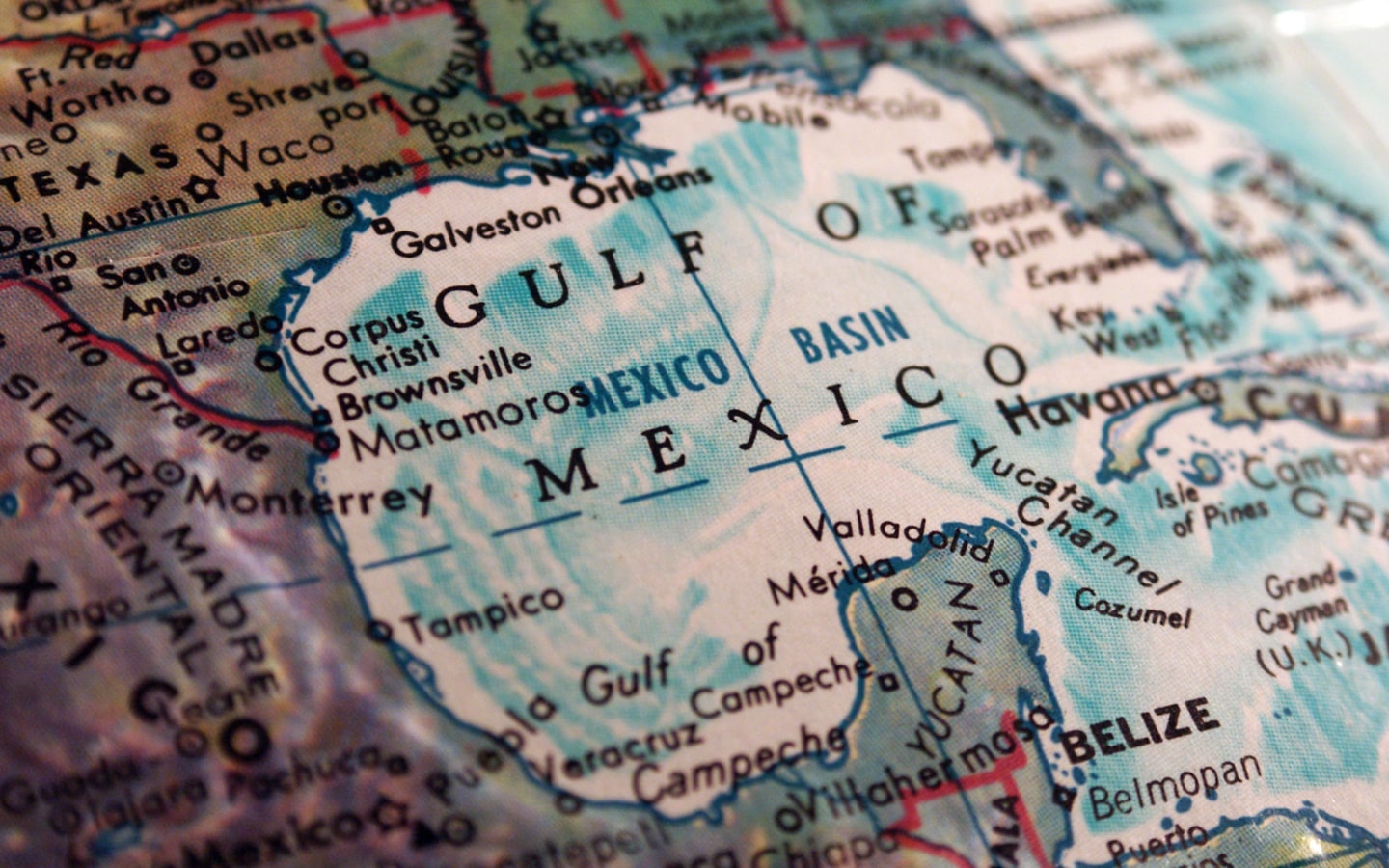
NOAA Selects Gulf of Mexico, Southern California as First Two Aquaculture Opportunity Areas
We have all seen over the last few months how the global COVID-19 pandemic has severely impacted supply chains, including those for food and beverages. In response, several countries have made food security a priority as they prepare for future pandemics or other global challenges that may disrupt commerce and logistics.
As part of that effort, the United States made some significant strides to provide structure to the difficult and often complicated permitting process for aquaculture in federal waters on May 7 when the White House issued Executive Order #13921 “Promoting American Seafood Competitiveness and Economic Growth.” In addition to combating illegal and unregulated fishing, the order attempts to “remove unnecessary regulatory barriers restricting American fishermen and aquaculture producers.”
What does this mean for aquaculture permitting? Until now seeking an aquaculture permit in federal or state waters meant navigating a landscape of agencies with no established path to success. The executive order aims to carve out a straightforward path to securing aquaculture permits to operate in federal waters with clearly stated requirements for applicants through programmatic permitting.
While there is no single definition for programmatic permitting, in this case it involves having a single lead agency to oversee the process and requiring that a Programmatic Environmental Impact Statement (PEIS) be completed.
The National Oceanic and Atmospheric Administration has been chosen to act as the lead agency, managing an applicant’s paperwork and ensuring that other agencies involved have an opportunity to review and comment. NOAA will also hold those agencies to reasonable deadlines, ensuring a timely response to an application.
First Aquaculture Opportunity Areas Chosen
As part of the executive order, NOAA was also tasked with identifying 10 Aquaculture Opportunity Areas (AOA) in the U.S. by 2025. In other words, two areas per year for the next five years.
Three weeks ago, NOAA selected the Gulf of Mexico and the waters off Southern California as the first two AOAs. Both areas have seen a few small forays into aquaculture in the past. The Gulf of Mexico has hosted a few experimental projects at the institutional research level, while Southern California has supported commercial shellfish operations and a few experimental or institutional research efforts.
NOAA is identifying the AOAs through a process of scientific rigor and transparency, taking into account the opinions of all stakeholders directly and indirectly involved with each potential zone. The agency’s National Ocean Service will head up the effort to identify areas of opportunity using GIS tools and databases as well as models and simulators.
Existing maritime activities (military, commercial and recreational ship navigation), oceanographic and biological concerns, and political and sovereign boundaries will all be factored into the final determination. NOAA’s scientists will consider not only the potential impact on the water column but also the effects on the sea floor, the sea surface and the airspace above. Aquaculture ventures impact all four strata with anchors, submerged grids, fish pens, vessels and communication antennae.
Environmental Evaluation
Once an area has been identified, NOAA will conduct a PEIS. This process will examine what species and gear are appropriate for the area considering benthic impact, marine mammal interaction and other environmental issues. Applicants at a later date who subscribe to all the parameters of the PEIS will benefit from this work but will still have to conduct additional studies specific to their project.
Though difficult to quantify, it’s clear that the PEIS process will reduce effort, time, cost and risk for potential applicants and investors. It should also be noted that this process is not just limited to finfish aquaculture but also covers shellfish and seaweed production.
Like any process, there will be a learning curve. Efficiencies are likely to be realized only after the second or third cycle.
Is the executive order the saving grace for U.S. aquaculture that we’ve all been waiting for? I certainly hope so. Many of the old timers in this industry were excited in 2015 when a similar permitting process was introduced to the Gulf of Mexico as part of the Aquaculture Fisheries Management Plan. That effort lived a short life and jaded even the most optimistic of us in the industry.
Time will tell if this approach will succeed. Despite the lack of success of the previous initiative, I am heartened that programmatic permitting and a national aquaculture program is a recurring discussion on the national platform.
About the Author
Langley Gace is Senior Vice President of Innovasea. Previously he served as President of OceanSpar, LLC, where he managed development of high performance fish pens, operating equipment and support services to leading offshore aquaculture companies. Mr. Gace holds a Master of Sciences in Mechanical Ocean Engineering from the University of New Hampshire, where his research on scale model submersible fish pens was a catalyst for the open ocean aquaculture program there. He also holds a Bachelor of Science in physics from Bates College in Lewiston, Maine.
Ready to take the plunge?
Contact Innovasea today to find out how our
aquaculture and fish tracking experts can help with
your next project.
